Eastern continent of planet earth. See what “Continents” are in other dictionaries
The science of geology studies the structure of our planet. Since it defines continents as land masses with a continental structure, the question of their number is within the purview of tectonics. Exploring the question of how many continents there are on Earth, this branch of science identifies six areas isolated by water. This is due to the fact that seas and oceans occupy much more space on the surface of the planet. While land accounts for about 30% (almost 150 million km²), the rest is water space.
How many continents are there on Earth?
The solid shell of the Earth is usually divided into 6 continents: Eurasia, Northern And South America, Africa, Australia, and Antarctica.
- The largest continent is Eurasia(54.6 million km²);
- It is followed by the ancestral home of man - Africa(30.3 million km²);
- American sections of the earth's crust occupy an intermediate position ( Northern— 24.4 million km², South- 17.8 million km²);
- Huge space is occupied by cold Antarctica(about 14 million km²);
- And finally Australia characterized by the smallest size (7.7 million km²).
It should be noted that over the 4-plus billion years of the Earth’s existence, the number of continents on it was different. Tectonic processes occur regularly, and therefore it is possible that further changes are coming in the distant future. And they will no longer single out six continents, but more (or less).
Eurasia is the largest continent on the planet (54.6 million km²)
This section of the earth's crust occupies more than one third of the entire landmass. Its conventional division into Asia and Europe is usually carried out along straits, seas and mountains.
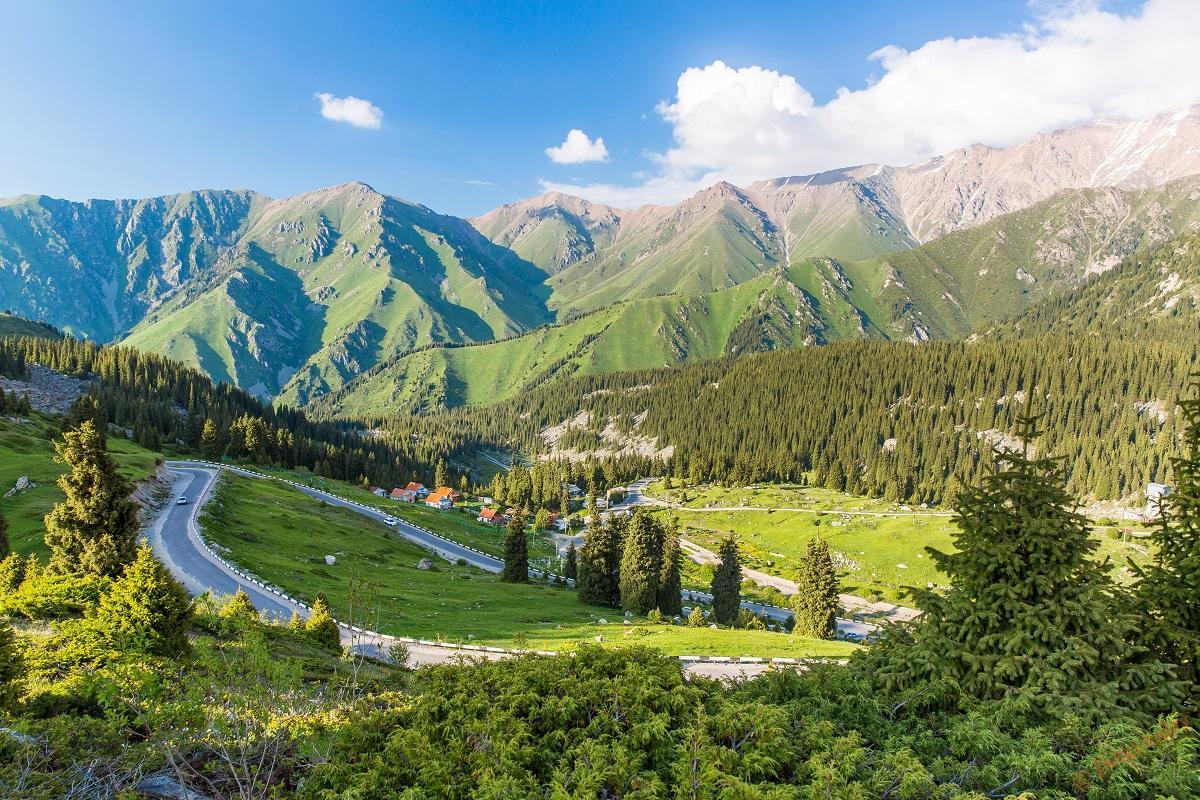
If in the south the border is determined by the Bosporus and Dardanelles straits, then in the north it is the Ural Mountains. In the middle part, the border runs along the Black and Azov seas. From the outer borders, the huge continent is washed by all existing oceans. The diversity of the relief of Eurasia is determined by its location on 6 continental platforms. Thanks to such tectonic features, its coastline is characterized by its heterogeneity and a significant number of lithospheric formations.
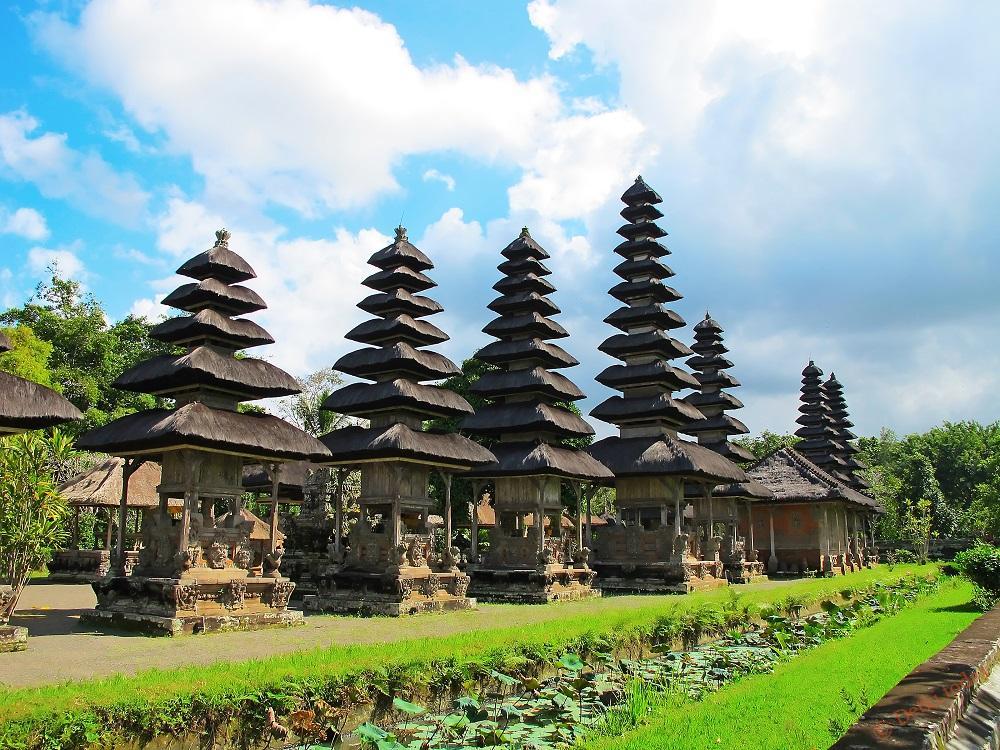
In addition, the mainland boasts the presence of all climatic zones, which explains the diversity of natural habitats. The same equatorial belt in the south contrasts sharply with the Arctic in the north. From interesting facts One can note the presence of a chain of the highest mountains (Himalayan system) and the largest freshwater lake (Baikal). Vast plains, suffocating deserts, hot jungles - all this is present in the territory of Eurasia. Therefore, it is not surprising that most of the world's population lives here. Almost one hundred independent states are compactly located within the borders of its space.
Africa is the ancestral home of humans (30.3 million km²)
This continent is not only the hottest on the planet, but also the most ancient in terms of the development of civilization.

This is the cradle of man himself. It was here that traces of the first ancestor of all people inhabiting the planet were found. Unlike the previous continent, Africa is located on the same lithospheric platform, which causes some similarity natural areas. The relief of the mainland is mostly represented by plains. For example, here you can find the largest desert in the world (Sahara).
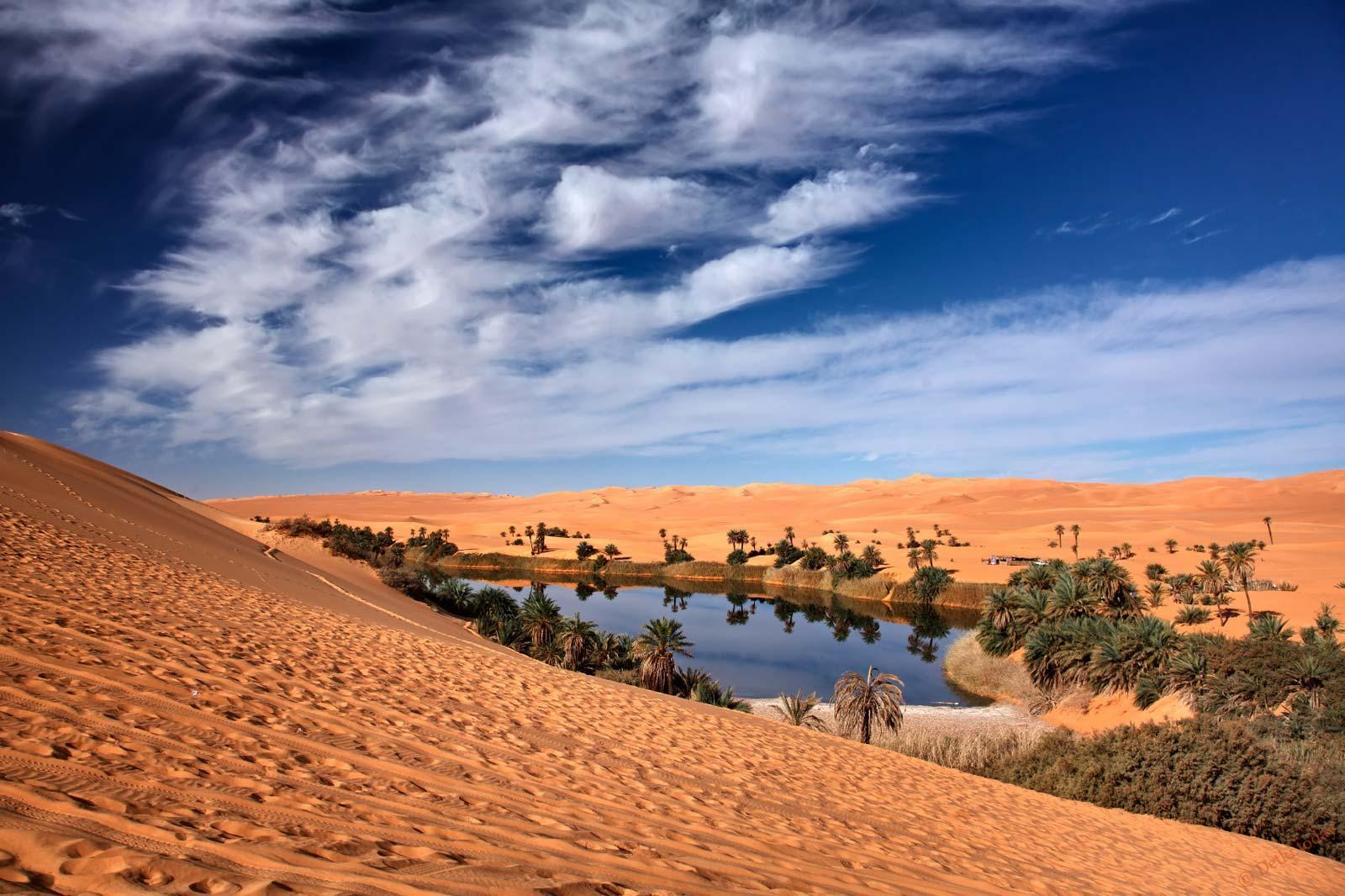
A few mountains are represented only at the edges. Africa can also boast of the most long river(Nile), which flows through almost the entire continent. The diversity of climatic zones here is much less than in Eurasia: from equatorial to subtropical. At the same time, the number of states present on the continent is quite large - over 60 countries.
North America - the discovery of a Florentine explorer (24.4 million km²)
This section of the earth's crust appeared on topographic maps relatively recently. Only a few centuries ago, its presence was discovered by a Florentine traveler named Amerigo. According to the tradition of the scientific society, the continent subsequently received his name. However, it existed for a long time. And its indigenous population were Eskimos (in the north) and Indians (everywhere). Europeans began to explore North America only in the 16th century.
The continent is washed by three oceans: the Arctic, Atlantic and Pacific.
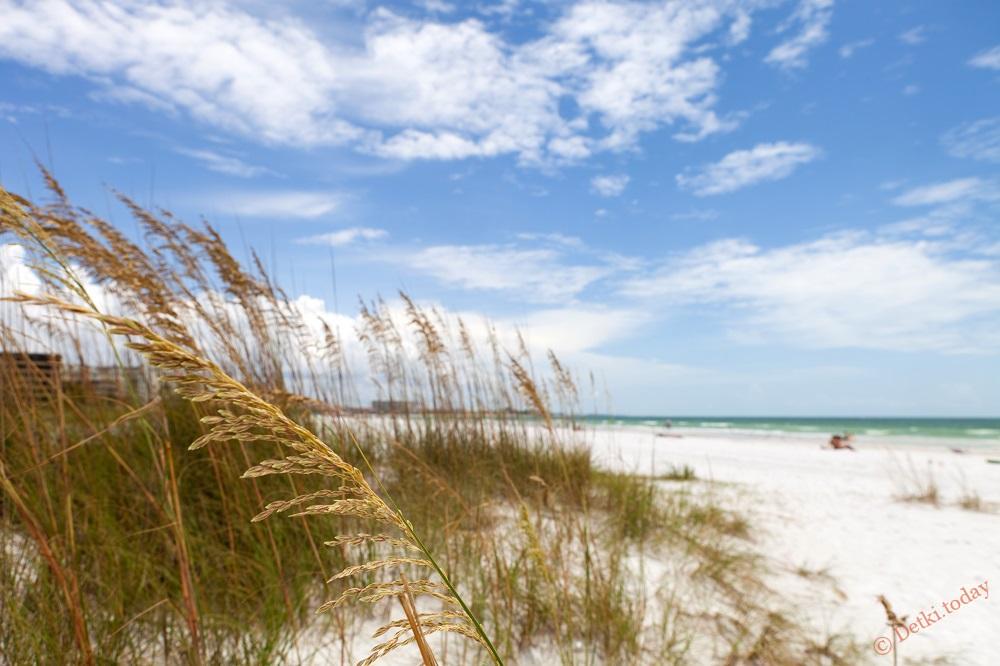
Its coastline is characterized by the presence large quantity various formations, which was a consequence of active tectonic processes. If the middle part is occupied mainly by plains, then chains of colorful mountains stretch along the edges of North America. In the east there is the Appalachian system, in the west there is the Cordillera.
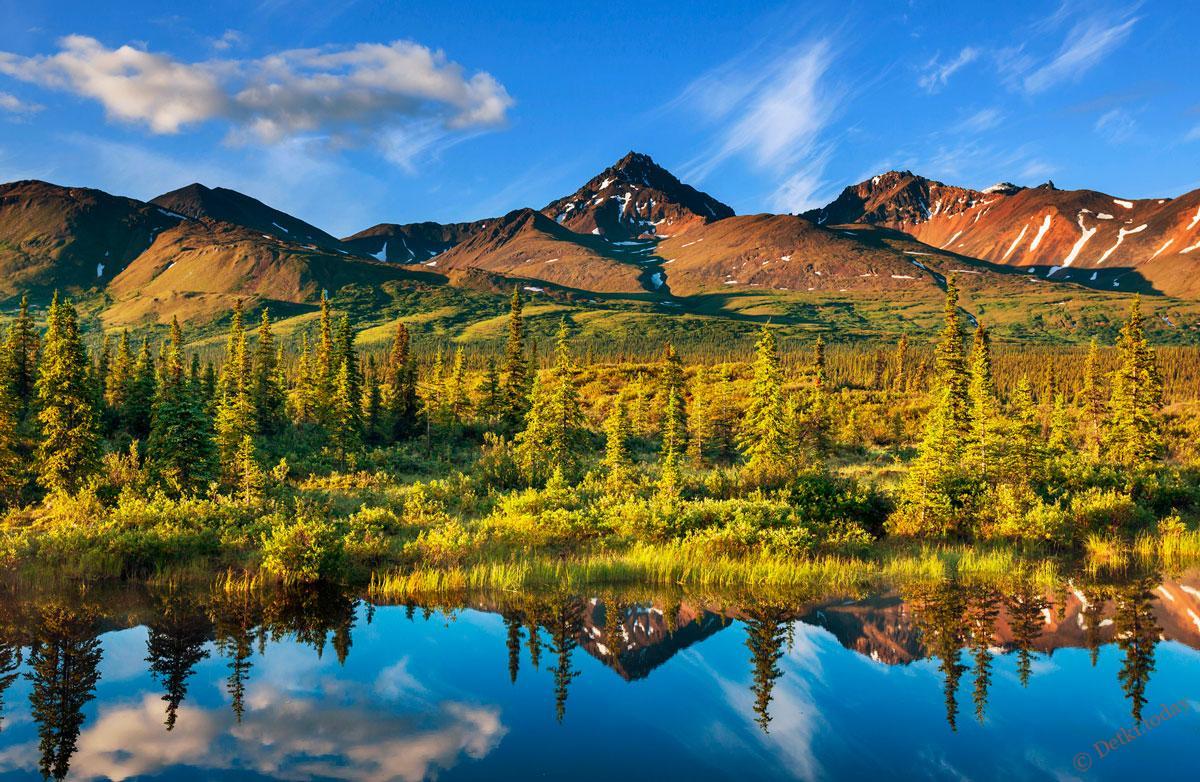
In addition, not far from the mainland is the largest existing island on Earth (Greenland). The diversity of natural zones is due to the presence of almost all climatic zones. However water resources At the same time, they are distributed extremely unevenly: most of the lakes and rivers are represented in the north. Another feature of North America is the placement of its states on the geographical map. Only 3 of the total (23 countries in total) are located on the mainland. The remaining states are located on small islands.
South America - Columbus's amazing find (17.8 million km²)
This continent could well bear his name if he had not been so confident that he had discovered another route to the already known India. Subsequently, European expeditions were sent to follow his route, and they discovered a new piece of land. Beginning in the 16th century, European colonial conquests led to the displacement of the indigenous population (Inca). Now there are 12 countries on this terrestrial ledge. Along the edges of the continent it is washed by the waters of the Pacific and Atlantic Oceans. Most of sushi is flat in nature. However, it also has its own mountain system. The longest chain of mountains is called the Andes. They stretch along the entire coast in the West.

Another interesting feature South America has extremely frequent rains: in the equatorial zone, over time, the most abundant river system (the Amazon with its tributaries) was formed. Despite the presence of six climatic zones, the continent is considered to be the wettest. Since most of it is located just in the equator zone. Among the interesting facts is the dominance of Romance languages in South American countries. Which looks quite natural, given the active development of local lands by European colonialists.
Antarctica is the southernmost part of the globe (about 14 million km²)
A characteristic feature of this continent is the ice “crust” on its surface. Moreover, its thickness in some places reaches 4 km. If we imagine that the ice cover of Antarctica will suddenly melt, then we need to prepare for a significant increase in the level (by more than 50 m!) of the world ocean. Due to the fact that the kingdom of ice is located on most of the land, the average temperature of the continent does not rise to above zero. Its average value is within -40 ºC. In such conditions, life exists only in the coastal area.
The smallest continent is washed by the waters of three oceans (with the exception of the 4th - the Arctic).
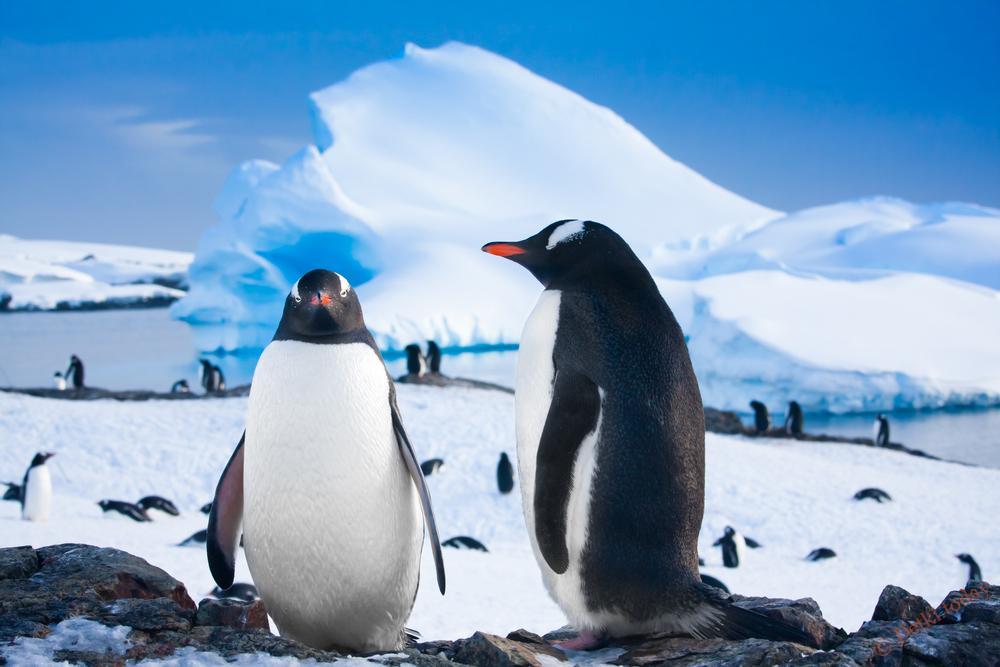
Europeans discovered it much later than others, although references to the land “opposite the Arctic” were found even among ancient Greek philosopher Aristotle. Among the curious details, one can note the strong solar radiation and the constancy of wind movement. Which certainly attracts researchers of alternative energy sources on Earth.
Australia is a selfish continent (7.7 million km²)
It received this name for the fact that there is only one state within its borders. The country of the same name occupies an honorable sixth place among the giant states.
However, only 22 million people live on its territory... This is due to the arid climate of the continent, which led to the formation of desert areas across most of the Australian platform. A few river systems and mountain ranges are found only along the edges of the coast. And it is washed by such oceans as: Indian (in the southwest) and Pacific (in the northeast). A favorable climate for living is observed only in a small part of the territory.
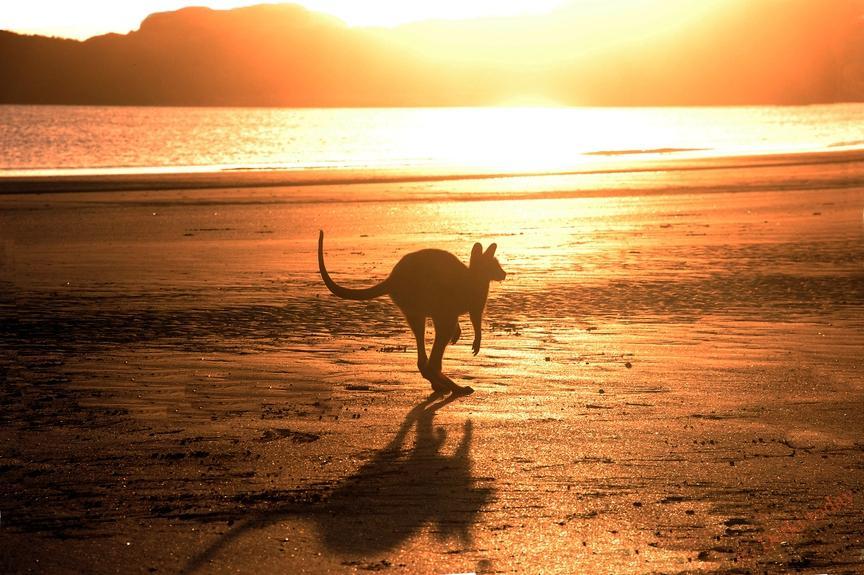
At the same time, it is surprising that this is where the largest number of so-called endemics are located: unique biological representatives of flora and fauna. As for humans, the Australian Bushman is considered to be an indigenous person. However, after the discovery of the continent at the beginning of the 17th century by European expeditions, other nationalities began to actively populate it. Now state language The Commonwealth of Australia is considered a dialect of English.
Difference between island and mainland
There is one more issue that requires clarification. How can we define the difference between an island and a mainland, given the similarity of their definition? After all, both those and other protrusions of land are equally washed by water. However, there are still differences, let’s try to list them:
- Dimensions. The islands are much smaller in size. Even the largest of them is much inferior to “small” Australia;
- Education. Unlike islands, continents were formed due to the splitting of lithospheric plates. If at the dawn of the planet’s existence there was a single indivisible continent, then cracks appeared, leading to its division into parts. This can be easily detected even with the naked eye when looking at a topographic map. The outlines of the edges of the continental plates are too similar to deny the obvious. They are very easy to assemble mentally, like puzzles. Islands sometimes have completely different reasons for their formation. For example, this may be a consequence of the activity of marine polyps or volcanic eruptions;
- Habitability. Unlike populous continents, not all islands are inhabited.
Continental models. How many continents are there?
Often people do not make a difference between the designations of a continent and a mainland, believing that they are synonyms. However, this is not so, since the first include only those areas of the earth's land that do not have a land border.
Therefore, the two Americas are united into one American continent, and Africa, accordingly, with Eurasia.
But not everyone supports this division into 4 continents. modern countries. Afro-Eurasia is recognized only by English-speaking states with China and India. Also, not everyone agrees with the principle of division itself, suggesting that other factors be taken as a basis.
Historical and cultural concept of “parts of the world”, their names
If science deals with the difference between the concepts of “continent” and “mainland,” then history deals with the etymology of the origin of “part of the world.” It was she who determined the significant cultural difference between the above-mentioned terms. Moreover, the total quantity (6 parts) is the same. Eurasia was divided on historical and cultural grounds into Europe and Asia, and the two Americas, on the contrary, were united into the New World.
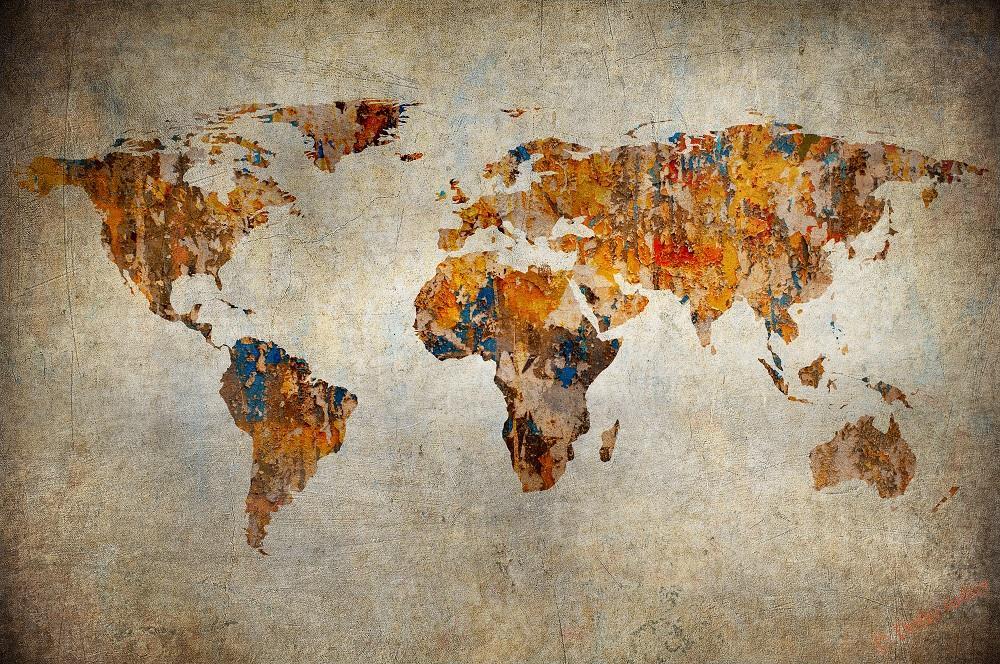
The territory of Oceania was added to Australia. Otherwise, the usual picture remains, which people have been painting since ancient times. That is, long before scientific research. Only knowledge about the culture of the local population and its history was taken into account.
Video - Geography for children
Simplified encyclopedias are compiled especially for children, indicating all geographical names. And the world map is characterized by the image of already explored continents. For example, in an educational video you can see and hear not only the names of land areas, but also the animals living on them. Other interesting facts are also given in order to captivate the young viewer. For example, the geographical significance of the Amazon river system or the cold climate of Antarctica.
In another video, little listeners will learn not only how many continents there are on Earth, but also how they differ from parts of the world. The children themselves ask Professor Pervokhodtsev their questions, which he then answers. For example, he reveals the secret of the existence of a once united continent and predicts its formation in the future. It also lifts the curtain on the mystery of the name of the Solomon Islands. And whoever is a particularly attentive and patient viewer will wait detailed description State of Tunisia.
As a child, my brother and I really loved to crawl under the table, curtain ourselves on all sides with a thick blanket, and make round-the-world and other trips on a craft constructed in this way (it was not difficult for our unit to even go up into space). At that time, we, of course, had no idea how many continents there were on our planet (at least we knew the names, but even here they were easily confused Papua New Guinea with South America). Today I will walk through all the earth’s continents and I will definitely tell you something interesting about each.
How many continents are there on Earth
Their six, no more no less. Remember, reader, planets in solar system eight, continents on earth six, A Tsoi is alive. It would be bold and impudent on my part to imagine myself as a pioneer in the matter of counting continents, but as far as the question suggests, let’s go over it briefly. So, how many continents are there on Earth and what are their names:
- Eurasia;
- Africa;
- North America;
- Antarctica.
On North Pole lacks Antarctic antipodes– there is simply a very large accumulation of ice many kilometers thick. However, some historians convincingly argue that it is in the northern waters that one should look for traces of the seventh continent - the mythical Atlantis. Personally, I would place the sunken continent in the Indian Ocean, in an area close to the hypothetical center of human civilization.
Eurasia
The largest continent on Earth divided for "civilized" Europe and "wild" Asia. Europe is by far the most technically and economically developed part of the world. Includes such industrial giants as UK, France, Switzerland and so on. Is citadel European Union with its own currency (euro), state symbols and customs regulations. In general, everything is fine with them there.
And what Asia?
The East, as an undoubtedly extremely delicate matter, neighbors Europe on the principle of “cautious friendship.” This is largely facilitated by historical prerequisites: compare the path of development China and, for example, Spain. Heaven and earth tea/gunpowder And bullfight/flamenco.
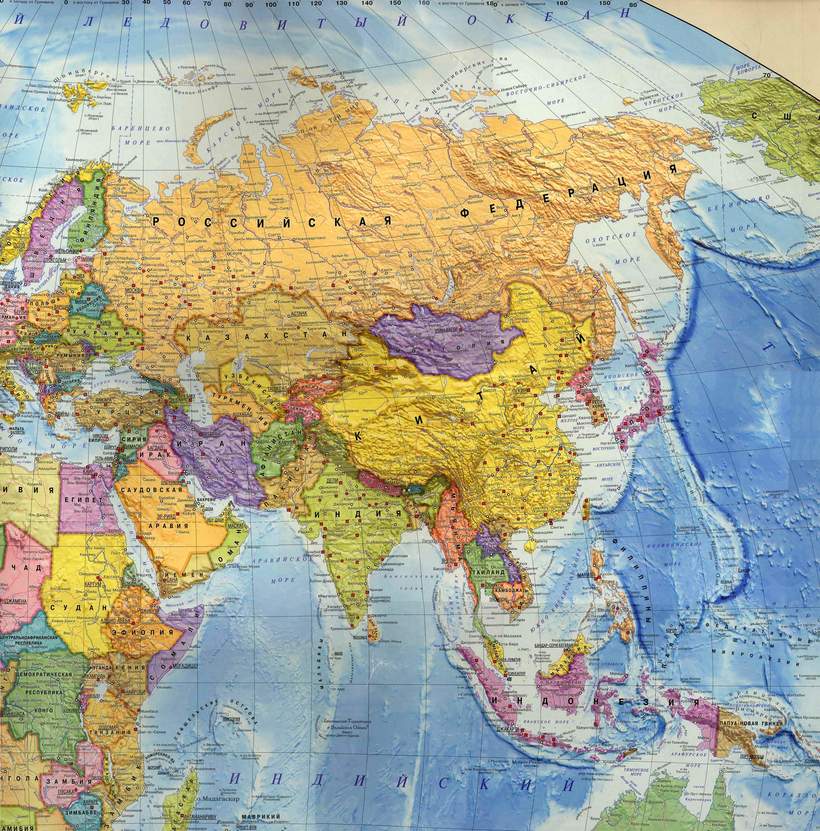
Other continents
Of the rest, the most interesting is the isolation of such a gigantic “island” and the record-breaking percentage difference between the poor and oil billionaires Africa(by the way, in the short spring, which is called “sihaya,” Africa is amazingly beautiful).
Finally, a little sad anecdote. When I was asked whether my native Bashkortostan belongs to Europe or Asia, the words that automatically came out of my lips were “Aziope, we.”
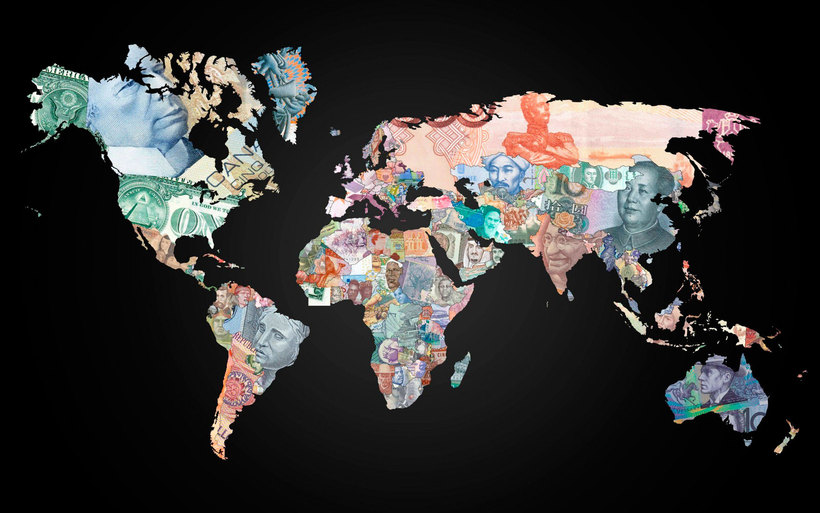
Happy travels!
First you need to define the concept of continent. So, a continent is a huge piece of land, where most of it is land. In addition to the land, it includes its outskirts, the shelf and the islands located there. The concepts of Continents and Continents in Russian are synonymous.
A continent is a single, undivided part of land. There are 6 continents:
- Eurasia
- Africa, which are considered the Old World.
- North America
- South America - New World.
- Australia.
- Antarctica.
From the above we can say that there are 6 continents on Earth, and all of them are large, inseparable parts of the Earth.
The largest continent is Eurasia, which has two parts of the world: Asia and Europe. The next largest countries are North America, then South America, followed by Africa, Australia and Antarctica.
Some countries have a different number of continents:
- In China they are sure that there are seven of them, since Asia and Europe are separated into separate parts there.
- In Portugal and Greece, six continents are also distinguished, but instead of uniting Europe and Asia, they unite North and South America.
- The Olympic Committee defines continents as only the inhabited parts of the Earth, excluding Antarctica from this list. That's why there are five continents and the same number of Olympic rings.
If we combine not only Europe and Asia, but also North and South America, we get four continents. Therefore, the dispute over the number of continents has not yet been resolved, scientists different countries put forward their theory and stubbornly prove it. But so far the majority are from six continents on planet Earth.
History of the continents
However, there were not always such a number of continents on Earth. Scientists have identified several hypothetical continents that existed on Earth in different time periods.
- Kenorland- a supercontinent that existed during the Neoarchean period (2.75 billion years ago).
Note: a supercontinent is the surface of the earth that covers the entire (or almost all) continental crust of the planet.
- Nuna- a supercontinent whose existence is considered to be the Paleproterozoic era (1.8-1.5 billion years ago).
- Rodinia– supercontinent of the Proterozoic-Precambrian epoch. The continent appeared 1.1 billion years ago and broke up 750 million years ago.
- Pangea- a supercontinent that arose in the Paleozoic (Permian period) and disappeared in the Triassic era (200-210 million years ago).
- Euramerica (or Laurussia)– supercontinent Paleozoic era. The continent broke up in the Paleogene era.
- Gondwana- a supercontinent that appeared 750-530 million years ago and broke up 70-80 million years ago.

This is not the entire list of predecessors of modern continents. Moreover, some scientists argue that in the future, earthlings will face the formation of another supercontinent. Presumably future events will develop as follows:
- First, Africa will merge with Eurasia.
- In about 60 million years, Australia will connect with eastern Asia, resulting in the appearance of the continent of Australia-Afro-Eurasia.
- In 130 million years, Antarctica will join southern Australia or Asia, and the continent of Australia-Antarctica-Afro-Eurasia will appear.
- In 250-400 million years, the inhabitants of the planet will expect the appearance of the supercontinents Pangea Ultima (200-300 million years, all current continents will merge), Amasia (50-200 million years, the center of the continent will be at the North Pole), Novopangea (re-emergence of the supercontinent past - Pangea).
The information presented is only part of scientists' assumptions about the future of the Earth. And today, erudite and educated people answer the question “How many continents are there on Earth?” They confidently answer – exactly 6.
“People answered: “Five!” Because they didn’t even know about the sixth, the most mysterious and coldest one. And only in 1820 Antarctica was discovered - a continent 98 percent covered with ice.
Centers of world civilization
However, people learned about the existence of continents on the planet (as well as the fact that the Earth is round) relatively recently. If the question “how many continents are there on Earth?” asked in ancient times, many would have answered: “Two.”. The fact is that the two oldest land masses - Eurasia and Africa - were known to mankind a long time ago.
Moreover, these continents are considered the cradle of modern civilization, and many scientists believe that the first man appeared here.
Vast Eurasia
So, Eurasia is the largest continent on our planet. Its area is about 53.89 million square kilometers. When compared with other continents combined, Eurasia occupies 36 percent of the earth's landmass. That is, a third of the entire continental land.
How many continents and parts of the world are there on earth? Now this is an interesting question. After all, huge Eurasia, in turn, is divided into two parts of the world - Europe and Asia, which have enormous differences. Different religions, sometimes polar lifestyles, completely different values and their own history make these parts of the world independent units on the political map of the world.
Densely populated Europe and numerous Asia
Europe is considered the most densely populated, there are 45 states, cities and settlements are located close to each other. There are dwarf countries in Europe, such as Monaco and the Vatican, which represent a tiny territory. The Vatican, for example, is a country within a city, located in the very center of Rome. Well, the largest state in Eurasia, which is located in two parts of the world at once, in Europe and Asia, is Russia. It occupies one sixth of the world's landmass.
Asia, in turn, is the most populated part of the world. More than half of the entire earth's population lives here, over 3 billion 981 million people. In the same part of the world there are also the main countries where the population has exceeded one million.
Asia has 48 states. But due to climatic conditions - large mountain ranges and deserts - it is extremely unevenly populated.
Mysterious Africa
The hottest and hottest continent on the planet, which is the second largest, is Africa. This is where the largest desert in the world lies - the Sahara. Africa today is home to 960 million people and occupies one fifth of the landmass. There are 53 states on its territory.
Despite the abundance of deserts and the title of the hottest continent, in Africa you can see snow and ice on the tops of the mountains. 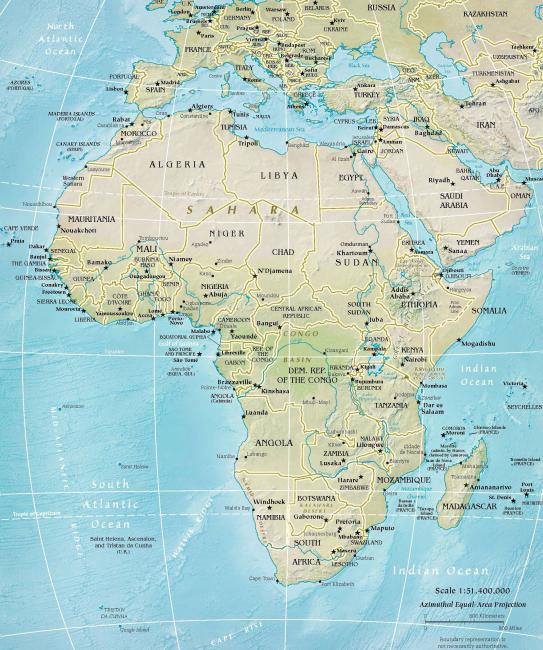
Two Americas
How many continents are there on planet Earth? At least two of them have almost the same name. 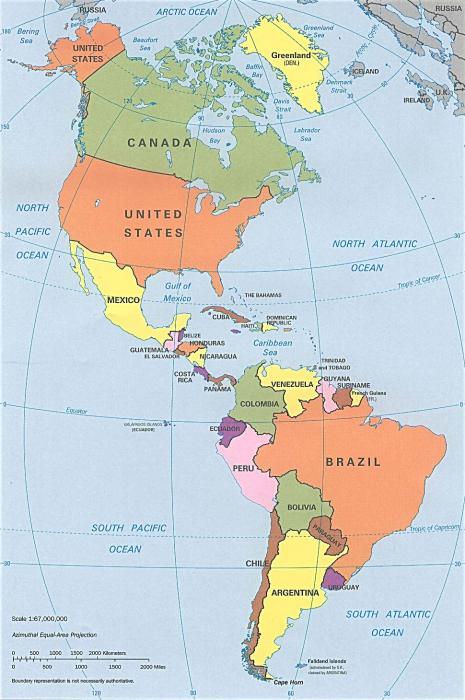
In order not to confuse them, one America, which is located in the northern part of the globe, was called North, and the one at the bottom of the map was called South. Simple and clear. They, respectively, occupy third and fourth places in terms of area. These two huge continents, together with nearby islands, form one part of the world, which is also called America. There are 36 states and 17 sovereign territories that have a special status in the world.
America was discovered relatively recently - in 1492. This is due to the fact that both continents are surrounded by oceans and located at a considerable distance from the other continents.
Romantic Australia
Australia claims two interesting records at once - it is the smallest continent, and there is only one country with the same name on it. The territory of this continent is quite deserted, and the climate there is harsh. This is why Australia is the most sparsely populated landmass.
Icy Antarctica
While studying the topic of how many continents and parts of the world there are on earth, we came to the coldest continent on the planet, the existence of which people had no idea until the beginning of the 19th century. Only in 1820, Russian travelers discovered this land and proved that it was still a continent, and not a huge iceberg.
Almost the entire territory, namely 98 percent of Antarctica, is covered eternal ice. There are very small areas where the earth is visible, and they are called oases.
Due to the fact that it is impossible to live here permanently and conduct any activity, representatives of different countries agreed that Antarctica would not belong to any of the states, but at the same time everyone had the right to conduct scientific research there.
How many continents, so many parts of the world
Today the answer to the question “how many continents are there on Earth, and what are they called?” even a schoolboy knows. It's very easy to remember - the largest continent begins with the letter "E", and all the others begin with the first letter of the alphabet. 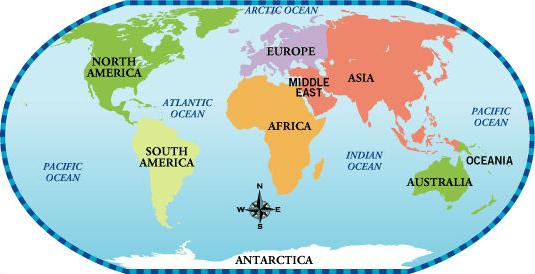
There are the same number of parts of the world - six. True, Eurasia occupies two parts of the world at once: Europe and Asia, but North and South America, on the contrary, have united into one called America.
The continent of Australia belongs to the part of the world called Australia and Oceania, the remaining parts of the world - Africa and Antarctica - have the same name as the continents of the same name.
Before we get into the topic of how many continents there are on planet Earth, let’s remember what a continent is in general. A continent is a large piece of land that is washed on all sides by water. The question, in fact, is not as simple and obvious as it might seem at first glance. When looking online, views on how many continents there are on Earth vary considerably. In answering this question, we proceed from the general preparatory course in schools.
Continents of planet Earth:
- Eurasia;
- Africa;
- South America;
- North America;
- Antarctica;
- Australia.
These are the six continents that were still described in the Great Soviet Encyclopedia.
The ambiguity of this issue is explained by the fact that, for example, North and South America are connected by the narrow Isthmus of Panma. Many believe that thanks to this, there is one continent - America, which can be divided into two continents - North and South America. The same applies to the continents of Eurasia and Africa. The fact is that they are also connected by the Isthmus of Suez, so many now believe that they form one continent - Afro-Eurasia. In addition, the difficulty may lie in the fact that in some languages the word continent and parts of the world are written the same way.
If we follow the classical view of such things, then we traditionally distinguish between the six continents that we listed above.



















